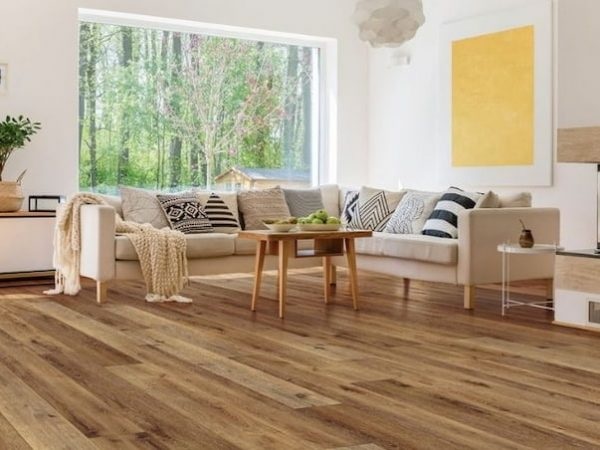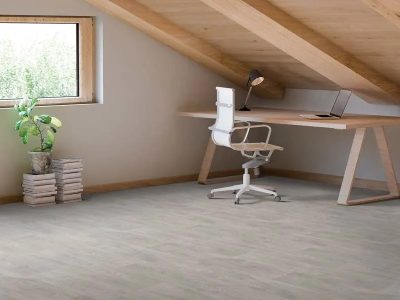As the world becomes increasingly conscious of the environmental impact of our choices, sustainable living is no longer just a trend but a necessity. One of the key areas where you can make a significant impact is in your home’s flooring. Choosing eco-friendly flooring materials not only benefits the environment but also enhances the health and well-being of your living space. In this article, we will explore various sustainable flooring options, their benefits, and how they contribute to a greener home.

The Importance of Sustainable Flooring
Why Choose Eco-Friendly Flooring?
Sustainable flooring options are designed to minimize environmental impact through responsible sourcing, manufacturing, and disposal processes. These materials are often made from renewable resources, recycled content, or sustainably harvested materials. By choosing eco-friendly flooring, you contribute to reducing deforestation, lowering carbon emissions, and decreasing waste in landfills.
Health Benefits of Sustainable Flooring
Eco-friendly flooring materials often have lower levels of volatile organic compounds (VOCs) compared to traditional flooring. VOCs are harmful chemicals that can off-gas from synthetic materials, contributing to indoor air pollution and health issues such as respiratory problems and allergies. Sustainable flooring options promote better indoor air quality, creating a healthier environment for you and your family.
Top Sustainable Flooring Options
Bamboo Flooring
Bamboo is one of the most popular sustainable flooring materials due to its rapid growth rate. Unlike hardwood trees that take decades to mature, bamboo can be harvested every 3-5 years, making it a highly renewable resource. Bamboo flooring is durable, aesthetically pleasing, and available in a variety of styles and colors.
Benefits of Bamboo Flooring
- Renewable Resource: Grows quickly and can be harvested frequently.
- Durability: Comparable to hardwood in terms of strength and resilience.
- Aesthetic Appeal: Offers a modern, natural look that complements various interior styles.
Cork Flooring
Cork is another excellent sustainable flooring option made from the bark of the cork oak tree. The harvesting process does not harm the tree, allowing it to continue growing and absorbing carbon dioxide. Cork flooring is soft underfoot, providing comfort and insulation.
Benefits of Cork Flooring
- Eco-Friendly: Harvesting cork bark does not damage the tree.
- Comfort: Soft and cushioned surface is comfortable to walk on.
- Insulation: Natural thermal and acoustic insulation properties.
Reclaimed Wood Flooring
Reclaimed wood flooring is made from salvaged wood from old buildings, barns, and factories. This option not only recycles wood that would otherwise go to waste but also adds unique character and history to your home.
Benefits of Reclaimed Wood Flooring
- Sustainability: Reuses existing materials, reducing the need for new timber.
- Character: Unique, aged appearance adds charm and personality.
- Strength: Often stronger and more durable than new wood due to its age and seasoning.
Linoleum Flooring
Linoleum is a natural flooring material made from linseed oil, wood flour, cork dust, and other renewable resources. It is biodegradable, hypoallergenic, and available in various colors and patterns.
Benefits of Linoleum Flooring
- Natural Materials: Made from renewable and biodegradable resources.
- Durability: Resistant to scratches, stains, and wear.
- Hypoallergenic: Does not trap dust and allergens, promoting better indoor air quality.
Recycled Tile Flooring
Recycled tile flooring is made from repurposed materials such as glass, porcelain, and ceramic. These tiles are not only sustainable but also offer a wide range of design possibilities for both modern and traditional homes.
Benefits of Recycled Tile Flooring
- Resource Efficiency: Utilizes waste materials, reducing landfill impact.
- Design Flexibility: Available in various colors, shapes, and sizes.
- Durability: Long-lasting and easy to maintain.
Conclusion
Choosing sustainable flooring options for your home is a practical and impactful way to contribute to environmental conservation and enhance your living space’s health and aesthetics. Whether you opt for bamboo, cork, reclaimed wood, linoleum, or recycled tile, each of these eco-friendly materials offers unique benefits that align with sustainable living principles. By making informed choices about your flooring, you can create a beautiful, healthy, and eco-conscious home.













Comments